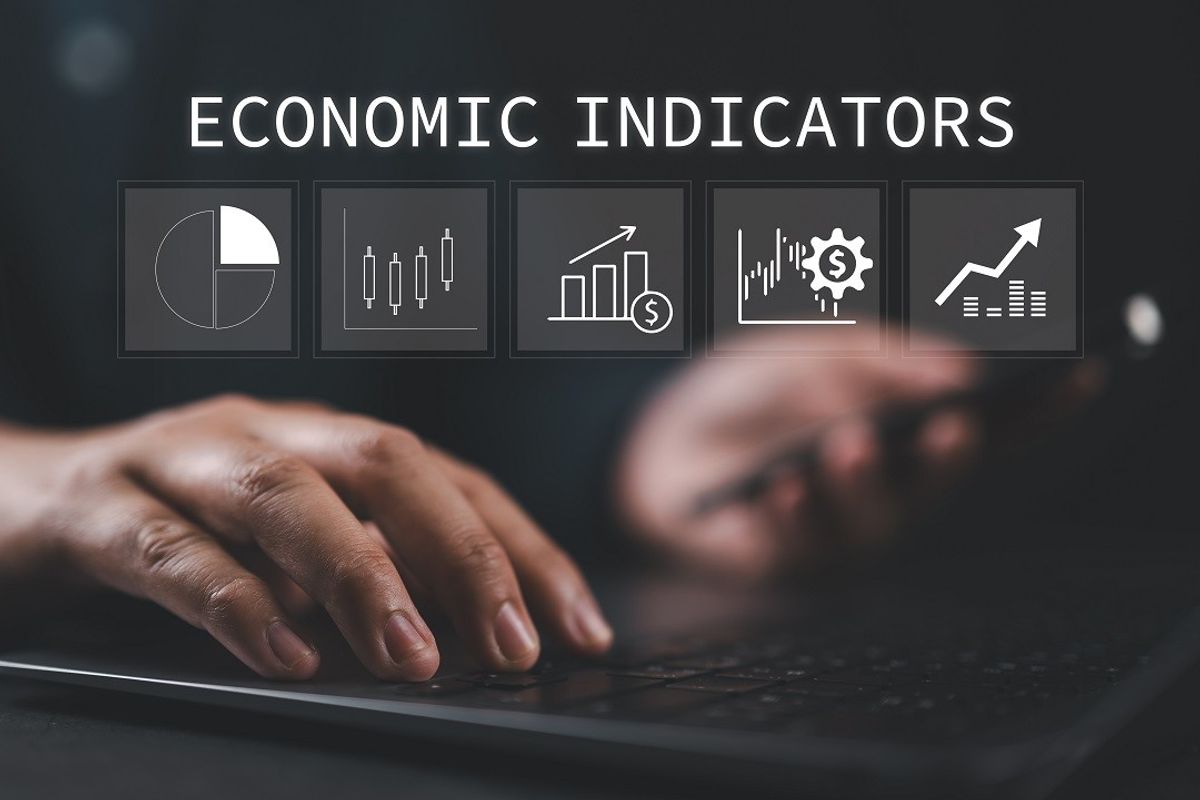Finance minister to present Economic Survey of Pakistan on Monday
Industry rebounds but agriculture collapse drags growth below targets
Business Desk
The Business Desk tracks economic trends, market movements, and business developments, offering analysis of both local and global financial news.

Pakistan’s Finance Minister Muhammad Aurangzeb, along with the economic team, will present the Economic Survey for the year 2024-25 on Monday, where detailed related to fiscal, social and agriculture sector would be presented revealing growth recorded fewer growth compared with the last year.
Here are the details of key economic, fiscal and trade indicators for the current fiscal year:
Key Economic Indicators
The GDP growth rate for the current fiscal year is estimated at 2.68%, up from 2.51% in the previous fiscal year.
However, the government missed its target of over 3% due to weak performance in agriculture and large-scale manufacturing. The agricultural growth rate is expected to be just 0.56% in FY 2024-25, a sharp decline from 6.4% last year.
Meanwhile, industrial growth is projected at 4.7%, compared to 1.37% in the previous fiscal year, while large-scale manufacturing growth is estimated at 1.53%, up from 0.94% last year.
Pakistan’s economy has expanded to $411 billion, up from $372 billion in the previous fiscal year, raising per capita income to $1,824 from $1,680 last year.
Fiscal Indicators
Debt and interest payments from July to March stood at PKR 6,439 billion, up from PKR 5,518 billion last year. Defence spending during the same period amounted to PKR 1,424 billion, compared to PKR 1,222 billion in the previous fiscal year.
The primary balance from July to March was around PKR 3,469 billion, a significant increase from PKR 1,615 billion last year. Meanwhile, the budget deficit during this period was PKR 2,970 billion (2.4% of GDP), down from PKR 3,902 billion (3.7% of GDP) in the previous fiscal year.
Trade & Investment
Exports from July to April of FY25 amounted to $26.89 billion, marking a 6% increase from $25.27 billion in the preceding fiscal year. Imports during the same period reached $48.29 billion, a 9% rise over last year’s $44.9 billion.
As a result, the trade deficit for the first ten months of the current fiscal year widened to $21.3 billion, up from $19.6 billion last year.
Remittances from overseas Pakistanis during this period reached a record $31.2 billion—the highest in the country’s history—surpassing last year’s figure of $23.8 billion.
Key Agricultural Indicators
The Economic Survey highlights significant declines in major crops. Wheat production fell by 9.8%, dropping from 31.8 million tons to 28.9 million tons—a reduction of 2.9 million tons.
Rice production decreased by 1.3%, from 9.86 million tons to 9.72 million tons, a loss of 140,000 tons. Sugarcane output declined by 3.8%, shrinking from 87.6 million tons to 84.2 million tons, while cotton production saw a steep 30.7% contraction, falling from 10.2 million bales to just 7 million bales. Maize production also dropped by 15.4%, decreasing from 9.74 million tons to 8.24 million tons.










Comments
See what people are discussing